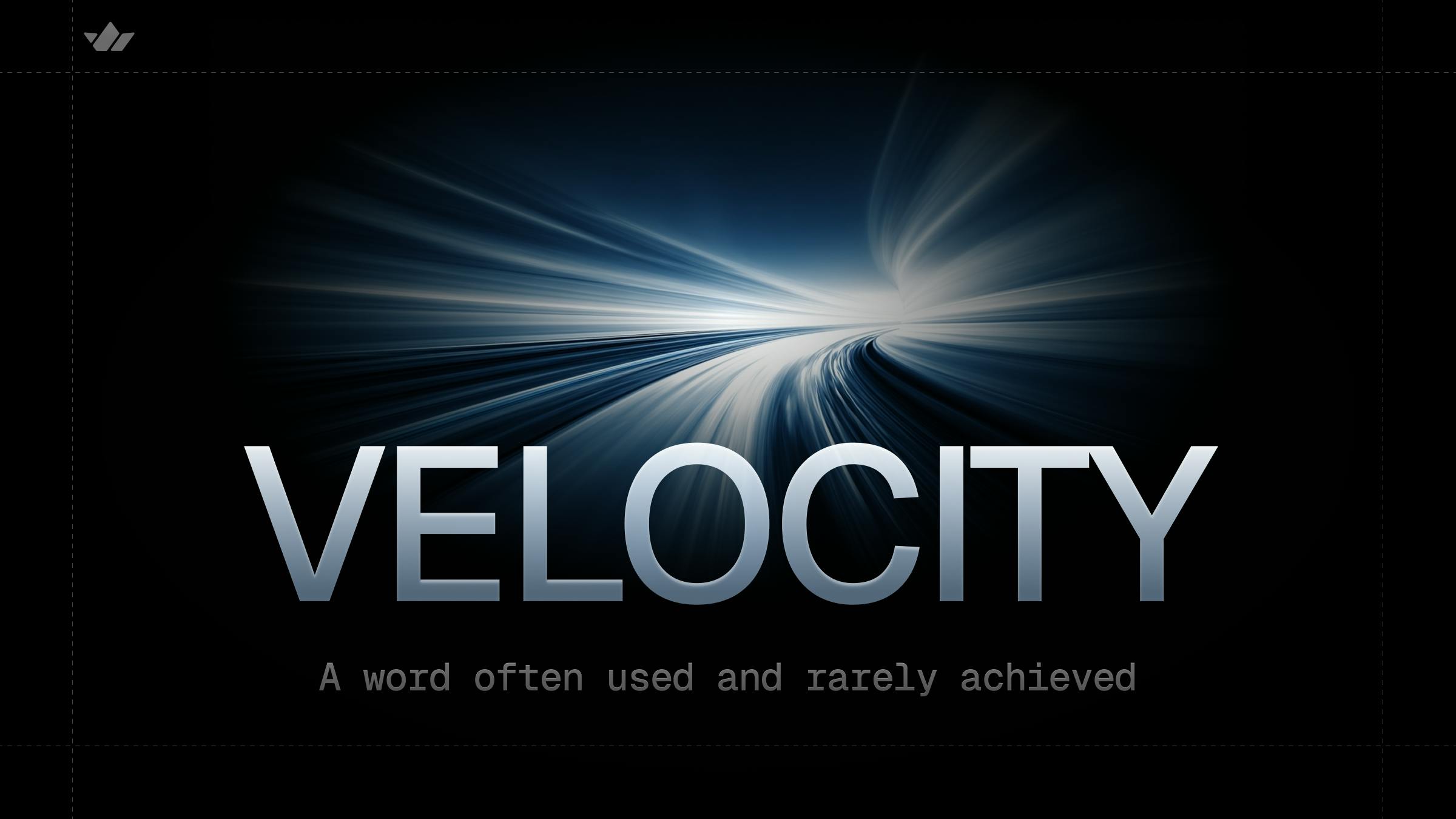Velocity is one of those words that shows up in every leadership deck and every product kickoff. But in practice, it behaves more like bubbles escaping a can of La Croix. The moment you try to hold onto it, it's gone. What remains is a backlog that looks less like a roadmap and more like an aspirational wish list. Meanwhile, your upstart competitor is quietly building at the speed of light.
In AI, velocity has ceased to be a competitive advantage and has become a basic survival requirement.
We've moved from innovate or die to innovate today or die.
The technology moat that once protected industry leaders is now razor-thin, measured not in years or quarters but in days. Sometimes hours.
And now more than ever, people have choice and almost zero loyalty. It's not uncommon for someone to use ChatGPT in the morning and switch to Gemini by lunch if the model feels slightly better that day.
Users aren't waiting. They aren't committed. And the loyalty people used to have toward products is no longer the default; it's something you earn release by release.
If your last release was a month ago, you're already in someone's rear-view mirror.
A week that explains everything
Take just one recent week in AI:
- OpenAI released GPT-5.1
- Alibaba dropped Qwen 3-VL
- Google updated Gemini 3
- Meta pushed Sam3 and new Llama 3.2 variants
- Mistral added new Mixtral checkpoints
That was one week.
In this environment, your moat isn't your architecture, your IP, or your market share.
Your moat is your next release, and the velocity with which you ship it.
When "supporting new models" becomes a race against the clock
If you operate in the AI space and build frameworks around AI, like Stream's Vision Agents framework, you don't get to wait. You don't get to "catch up later." You must support new models within hours of release, often before the wider market has even processed what dropped.
We aim to follow up within hours of release. And in the case of ElevenLabs, our team added support within an hour of their new model going live.
That expectation doesn't care about weekends, late nights, birthdays, or vacations. It doesn't care whether the release drops at 3 p.m. or 3 a.m. It simply is, and we rise to meet it.
The paradox: Tools accelerate velocity, expectations accelerate faster
Tools like Cursor, Replit, and now Lovable, fresh off a $6.9B valuation, plus a wave of AI-automated coding assistants, have made it possible for teams to build at speeds that felt like science fiction a year ago.
And yet, expectations have risen even faster.
The bar isn't "ship quickly." It's "ship before anyone else realizes there's something new to ship. And what's even more wild: the surface area of who can ship has expanded.
Non-technical people are no longer constrained by their lack of coding knowledge or limited access to developer tools. Instead of waiting for someone to help them build a thing, anyone can use tools like V0 to prototype demos in a third of the time. If you're in Finance, Claude can automate reporting pipelines that once took hours. If you're in Ops, you can build lightweight workflows without writing a line of code.
Velocity used to belong to engineers. Now it belongs to anyone with a problem and five spare minutes.
This bizarre loop, velocity enabling more velocity, has created one of the most exhilarating eras in software history.
The privilege of building in the most disruptive era of tech
You'd think this pace would be exhausting. And sometimes it is.
But there's also something strangely energizing about it. We're all asking the same question:
What is the art of the possible now?
I'm reminded of what fitness coaches like to say: You don't have to do this. You get to do this.
And that's exactly what it feels like:
a privilege,
a front-row seat,
an active role in what will likely become the most disruptive era in the history of high technology.
So the only real question left is: What will you build today?

